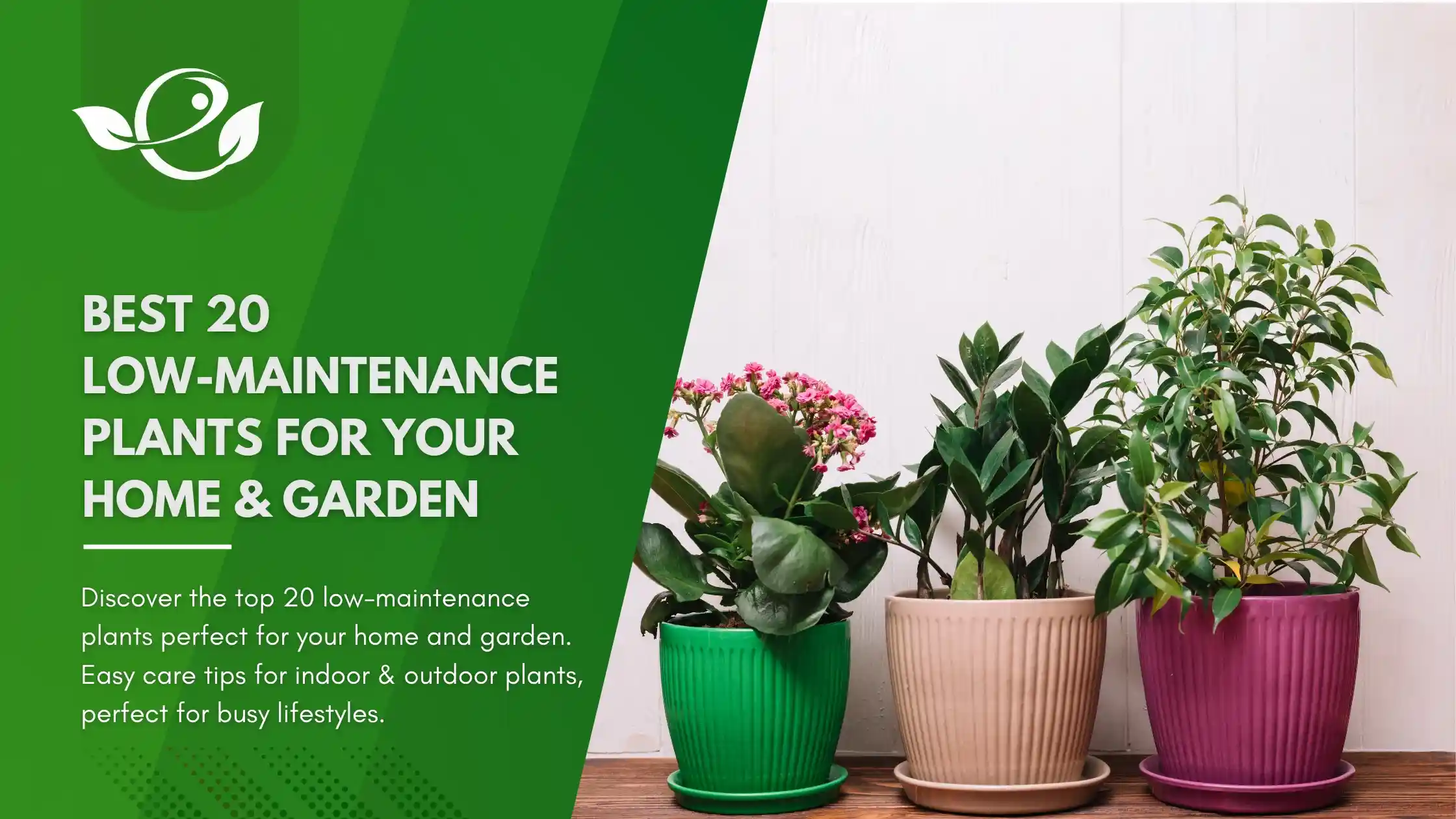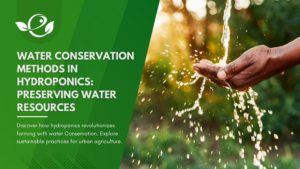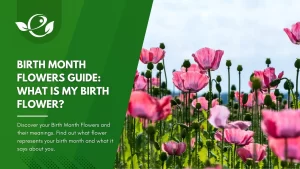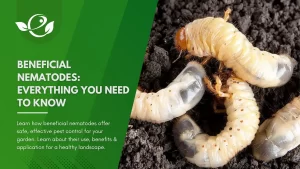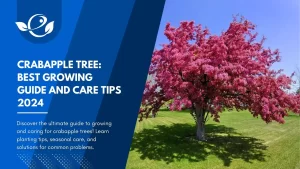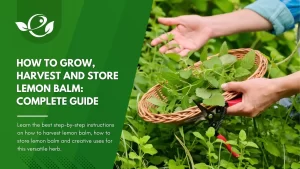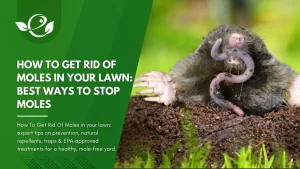Table of Contents
Gardening brings undeniable joy, a sense of serenity, and a dash of colour and life to our surroundings. Yet, many of us, especially those with busy lifestyles, might shy away from the idea, fearing that maintaining a garden could turn into a full-time job. If you have ever dreamt of a lush garden or a vibrant indoor plant collection but are worried about the upkeep, this article is your new best friend. Welcome to the world of low-maintenance plants—your gateway to creating a stunning home and garden with minimal effort.
In this guide, we’ll explore 20 of the best low-maintenance plants perfectly suited for homes and gardens. From hardy outdoor shrubs to resilient indoor plants that thrive on neglect, these selections promise to transform your space without taking over your schedule. Whether you’re a seasoned gardener looking for easy options or a beginner ready to get your hands a little dirty, we’ve got you covered.
Low Maintenance Plants for Your Home
1. Snake Plant (Sansevieria trifasciata)

Known as the “Mother-in-Law’s Tongue,” the Snake Plant is a champion among low-maintenance indoor plants. Its striking, sword-like leaves add an architectural element to any room. What makes it truly special is its ability to thrive on neglect. Snake Plants are incredibly drought-tolerant and can survive low light, making them perfect for any room in the house, even those that don’t receive much sunlight. Moreover, they are renowned for their air-purifying qualities, filtering toxins like formaldehyde from the air.
Care Tips
- Water: Water every 2-6 weeks, allowing the soil to dry between waterings.
- Light: Suitable for low to bright indirect light.
2. ZZ Plant (Zamioculcas zamiifolia)
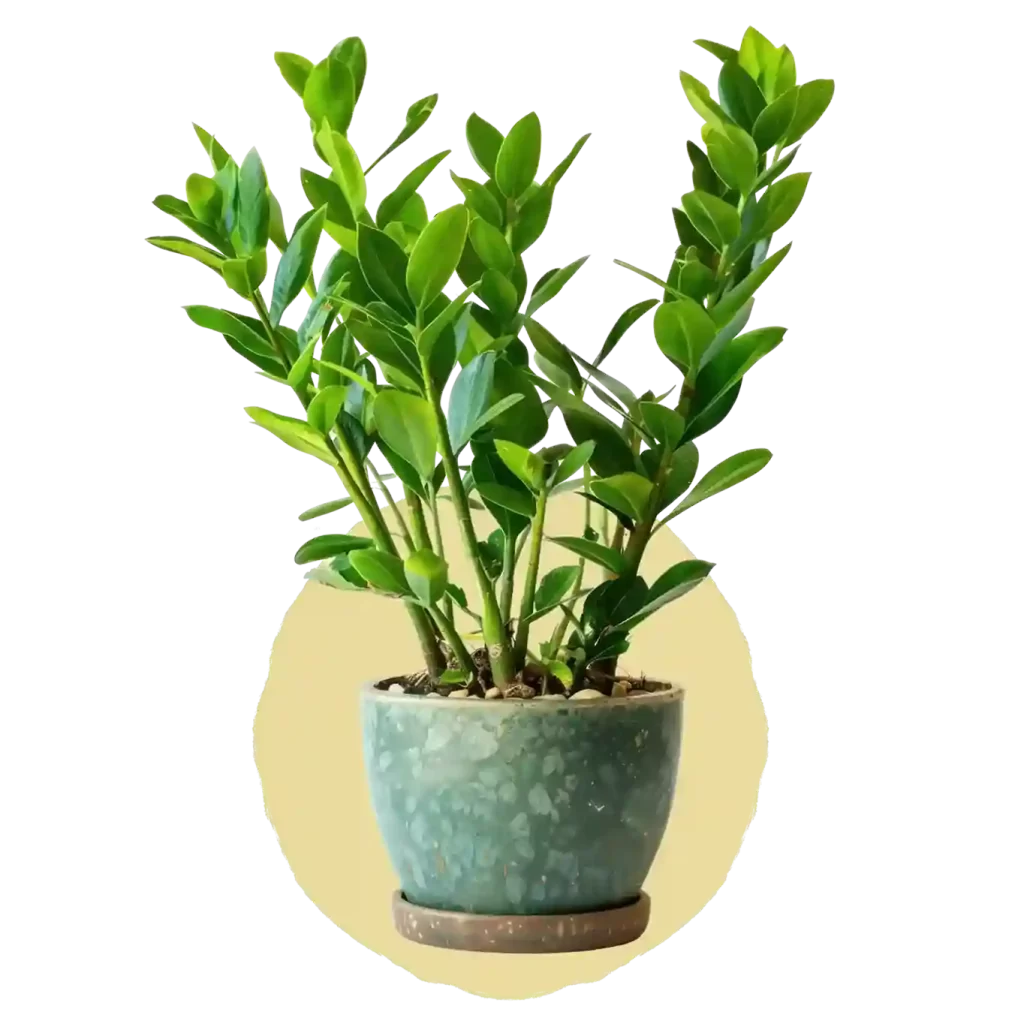
The ZZ Plant is celebrated for its glossy, dark green leaves that bring a pop of elegance to any indoor setting. This plant is as tough as they come—able to survive in low light, and it only needs occasional watering. Its waxy leaves make it almost impervious to pests and diseases, adding to its low-maintenance appeal.
Care Tips
- Water: Water every 3-4 weeks, ensuring the soil is completely dry before rewatering.
- Light: Thrives in low to bright indirect light.
3. Spider Plant (Chlorophytum comosum)
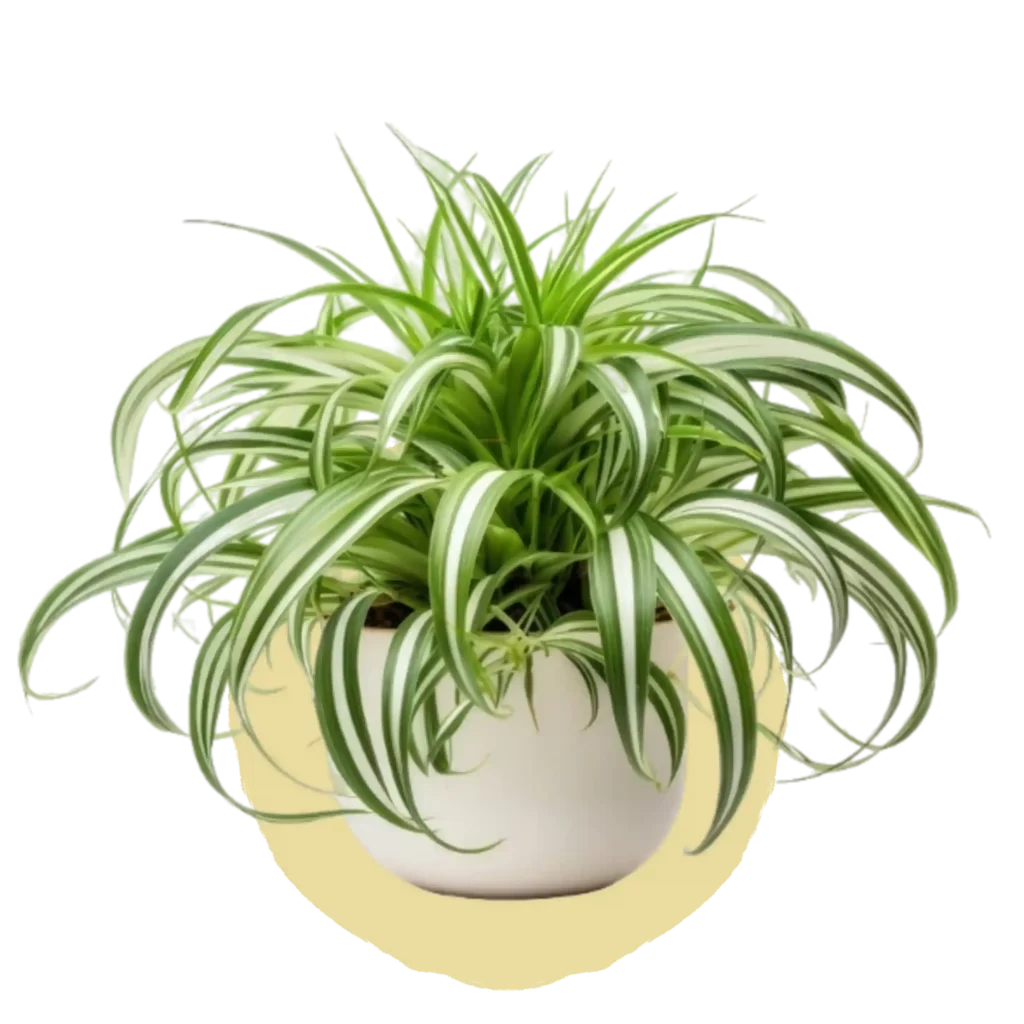
With its arching leaves and small white flowers, the Spider Plant is a versatile indoor plant that can be placed on tables, shelves, or in hanging baskets. It’s known for its ability to adapt to various light conditions and its rapid growth. Spider Plants are also fantastic for propagation, as they produce “babies” or offshoots that can be easily replanted.
Care Tips
- Water: Water every 1-2 weeks.
- Light: Prefers bright, indirect sunlight but can adapt to low light.
4. Pothos (Epipremnum aureum)
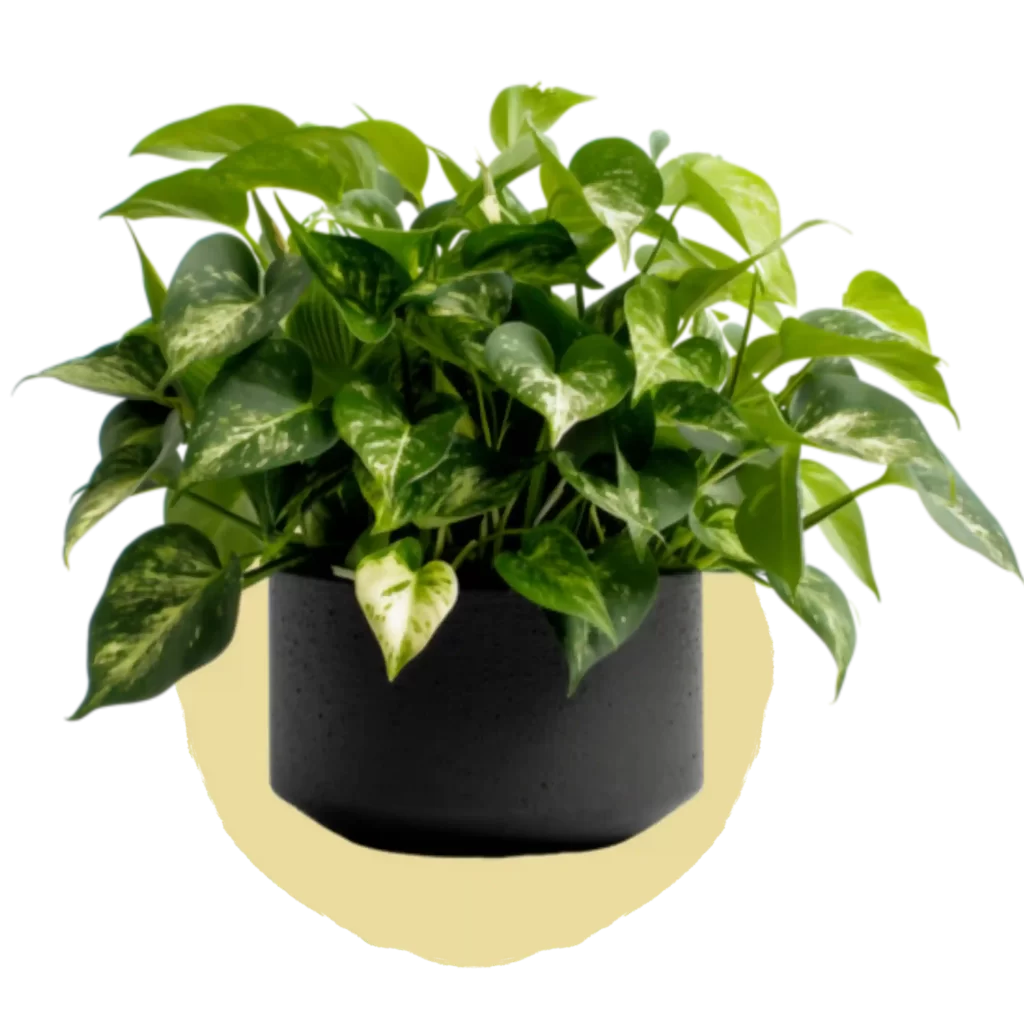
Pothos, often called “Devil’s Ivy,” is a go-to for plant enthusiasts and beginners alike. With its heart-shaped leaves and trailing vines, it can grow just about anywhere—from hanging baskets to climbing trellises. Pothos is remarkably resilient, tolerating low light and irregular watering schedules.
Care Tips
- Water: Water every 1-2 weeks; allow the soil to dry out between waterings.
- Light: Suitable for low to bright indirect light.
5. Peace Lily (Spathiphyllum)
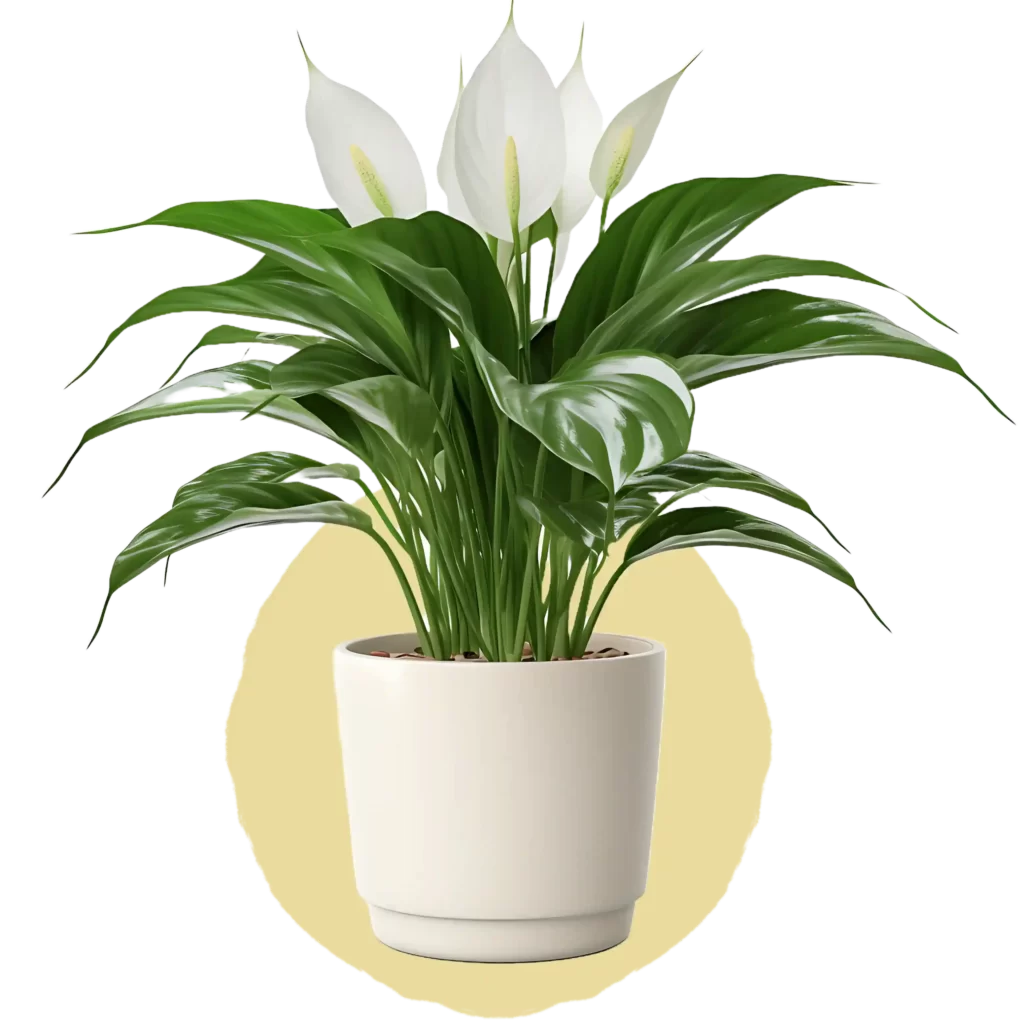
Peace Lilies are a favourite for indoor spaces because of their elegant white blooms and deep green leaves. They’re also one of the best plants for improving indoor air quality. Although they thrive in low light, they will bloom more frequently in medium to bright indirect light.
Care Tips
- Water: Keep soil consistently moist but not waterlogged.
- Light: Best in low to medium light.
6. Rubber Plant (Ficus elastica)
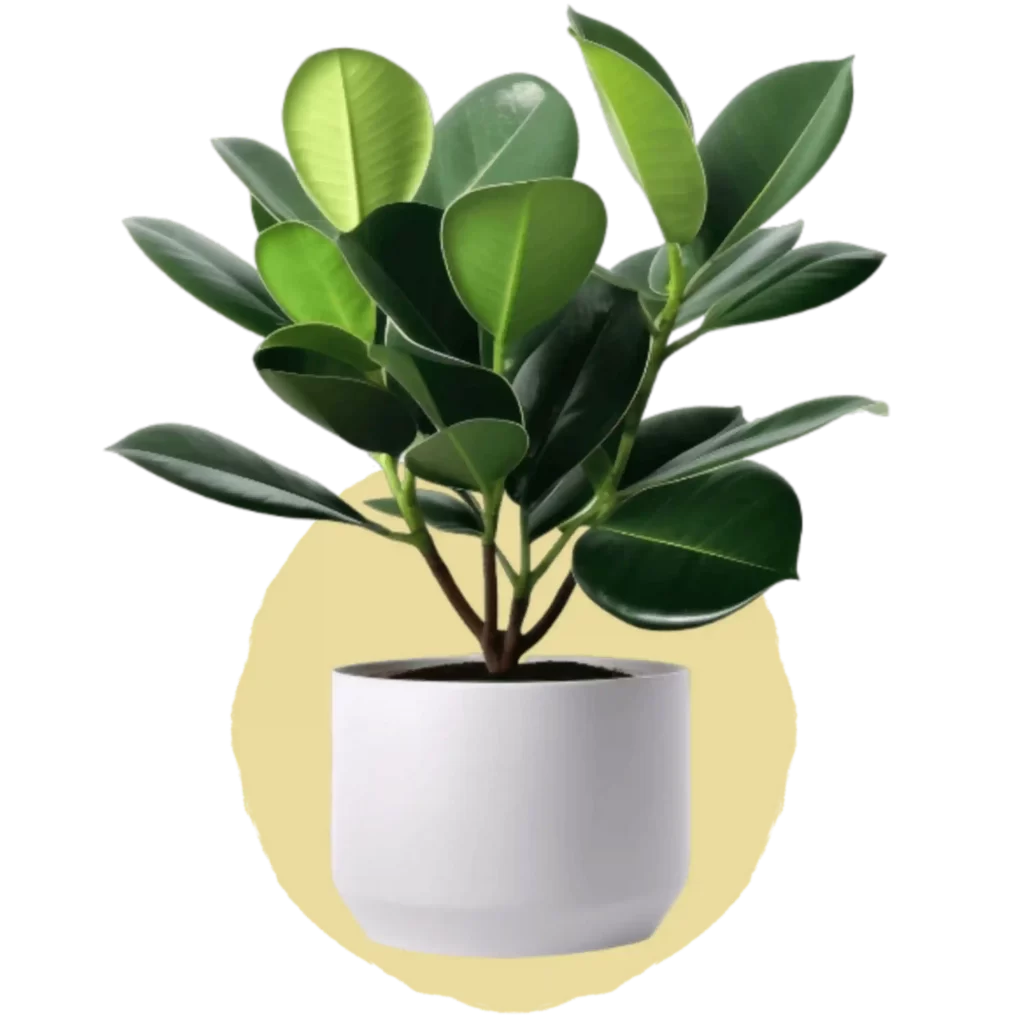
The Rubber Plant, with its broad, glossy leaves, adds a bold statement to any room. It’s incredibly easy to care for, requiring little more than occasional watering and a bright, indirect light spot. It can grow quite tall if left to its own devices, making it a great choice for filling vertical spaces.
Care Tips
- Water: Water every 1-2 weeks, allowing the top inch of soil to dry out.
- Light: Prefers bright, indirect light.
7. Aloe Vera
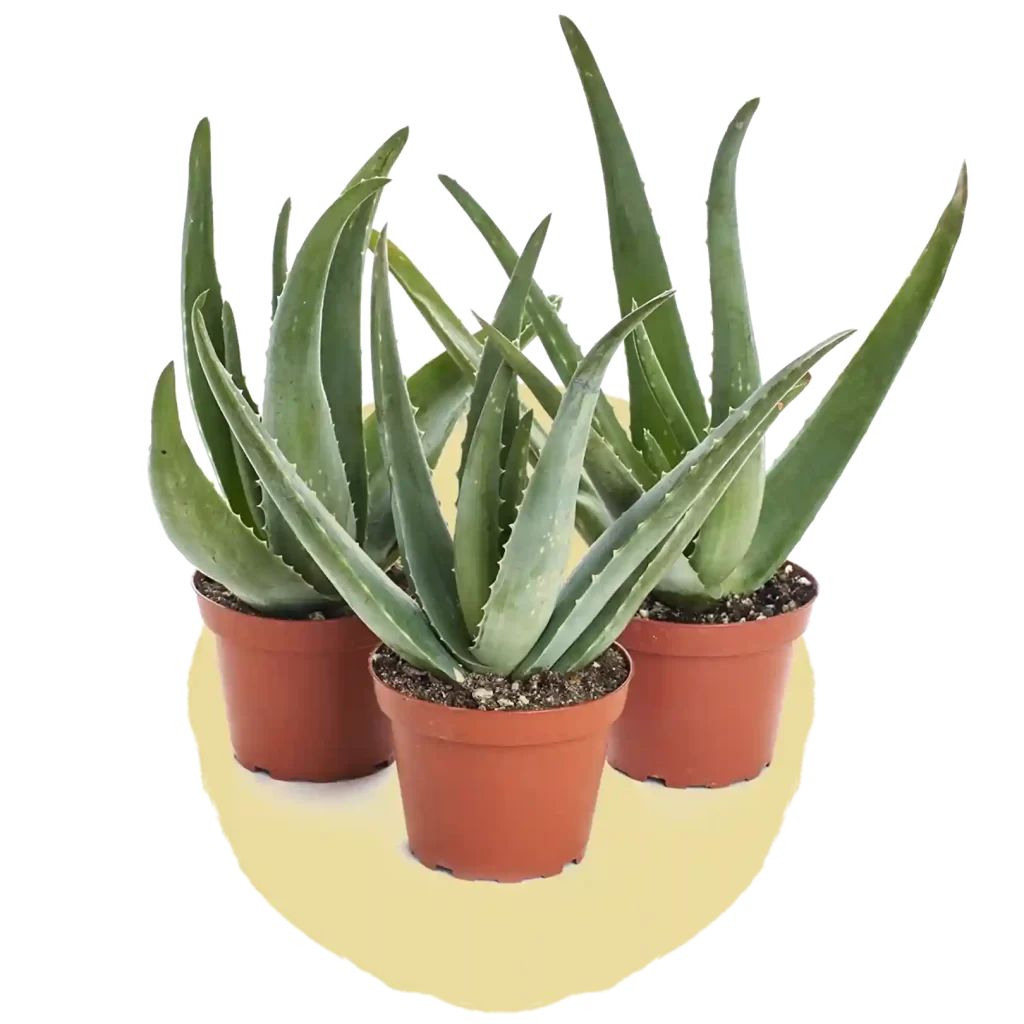
Aloe Vera is not just a low-maintenance plant; it’s a medicinal marvel. Known for its healing properties, Aloe Vera can be grown in pots and placed on sunny windowsills. It requires very little care, making it perfect for beginners.
Care Tips
- Water: Water every 3 weeks and ensure the soil dries completely between waterings.
- Light: Prefers bright, indirect light.
Low Maintenance Plants For Your Garden
8. Lavender (Lavandula)
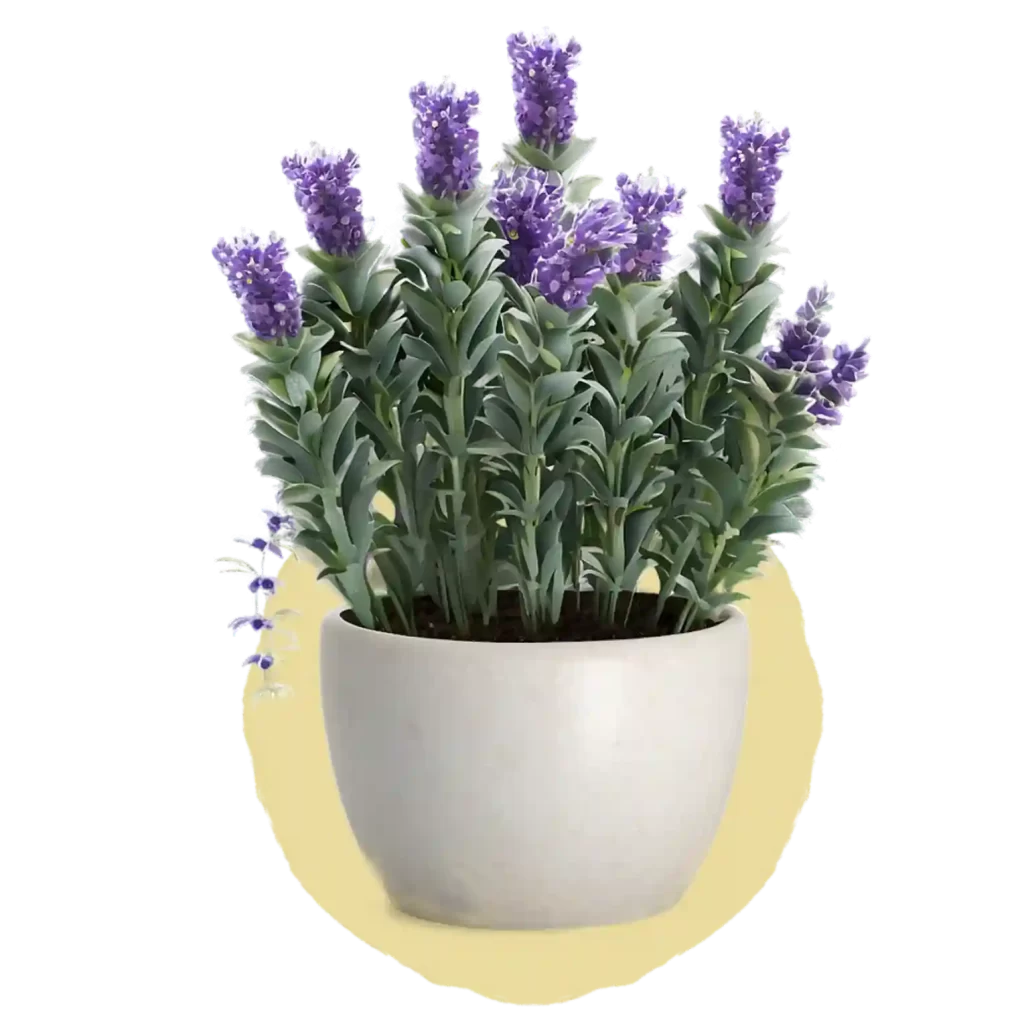
Lavender brings a delightful fragrance to any garden and is well-suited to arid conditions, making it a great low-maintenance option. It’s also a natural pest repellent, keeping mosquitoes and flies at bay. Lavender’s beautiful purple blooms attract bees and butterflies, enhancing the biodiversity of your garden.
Care Tips
- Water: Water sparingly, especially in humid climates.
- Light: Requires full sun and well-drained soil.
9. Hostas

Known for their large, lush foliage, Hostas are shade-loving plants that come in various colours and patterns. They’re incredibly hardy, making them perfect for low-maintenance gardening. Hostas are great for filling shady spots in the garden and can handle neglect with ease.
Care Tips
- Water: Keep soil consistently moist but not waterlogged.
- Light: Thrive in partial to full shade.
10. Daylilies (Hemerocallis)
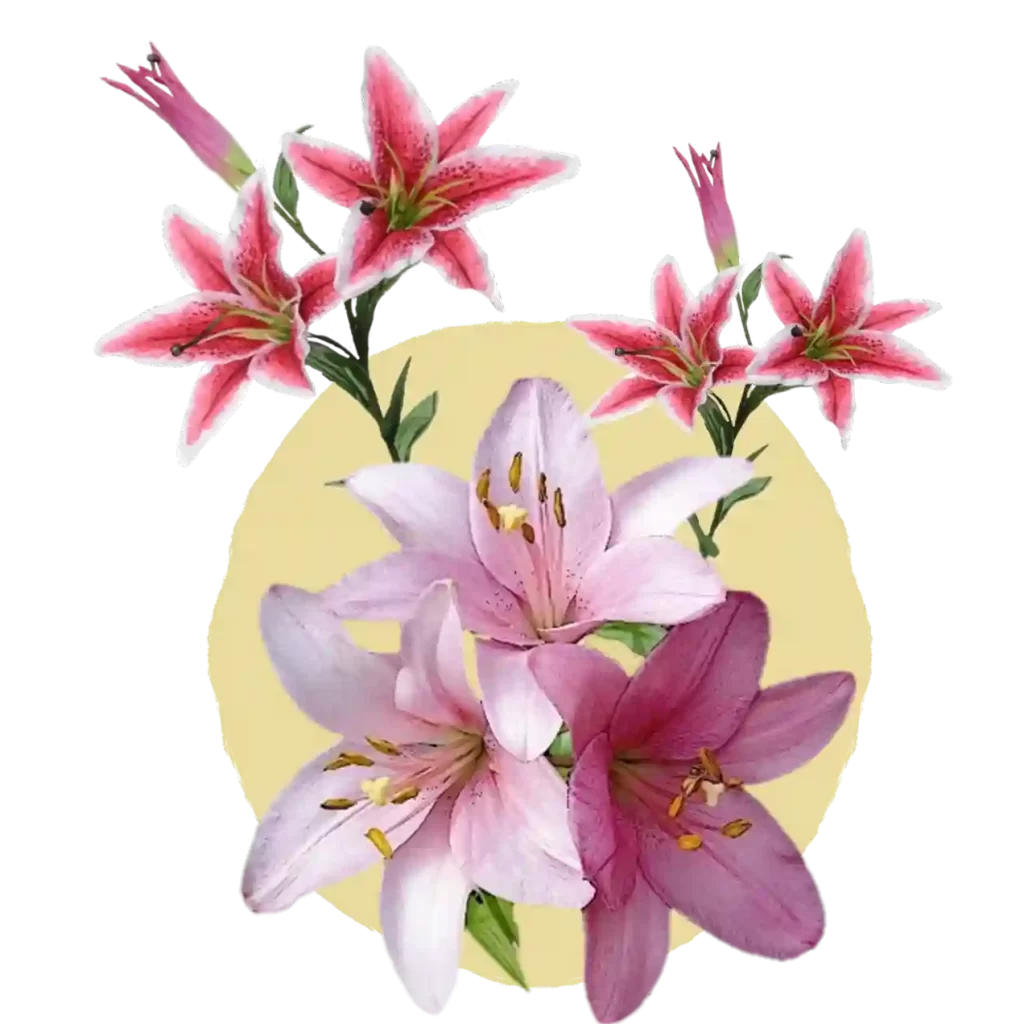
Daylilies are the epitome of a “plant it and forget it” flower. These perennials come back year after year with minimal care and can thrive in almost any soil type. With vibrant blooms in numerous colours, they can make any garden pop.
Care Tips
- Water: Water moderately, especially during dry spells.
- Light: Require full sun to partial shade.
11. Sedum (Stonecrop)
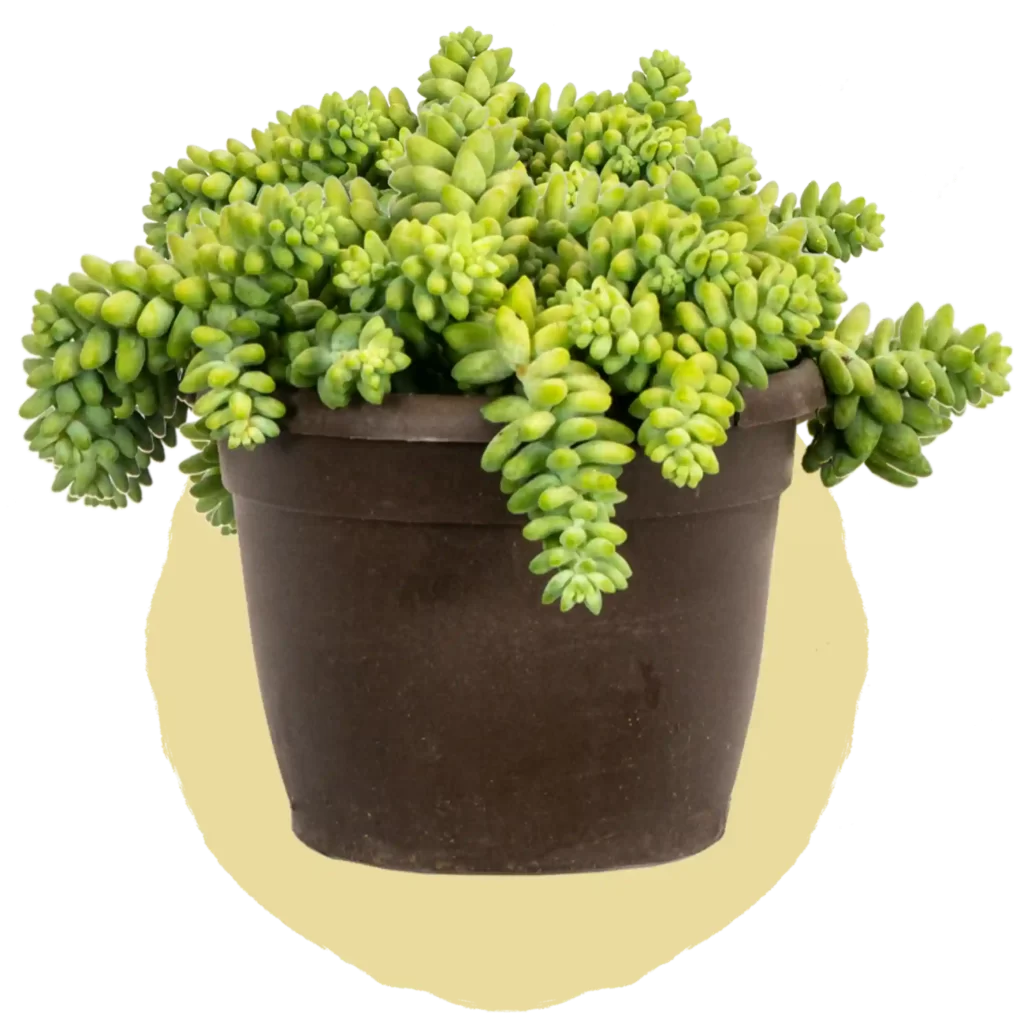
Sedum, also known as Stonecrop, is a succulent that thrives on neglect. Its fleshy leaves store water, making it highly drought-resistant. Sedums come in various shapes, sizes, and colours and are excellent for ground cover or rock gardens.
Care Tips
- Water: Water sparingly, especially in arid regions.
- Light: Prefers full sun and well-drained soil.
12. Coneflowers (Echinacea)
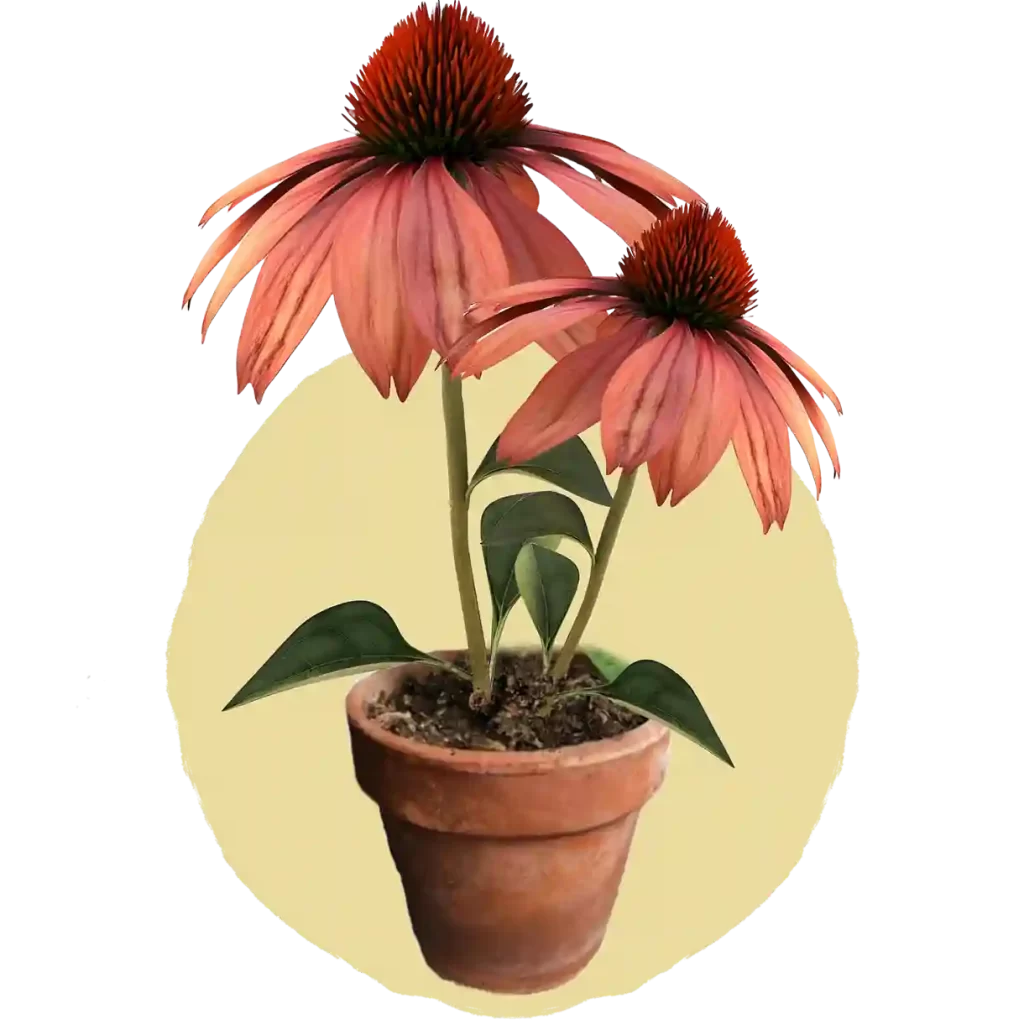
Coneflowers are native to North America, making them well-suited to a range of U.S. climates. They are extremely drought-tolerant and attract pollinators like bees and butterflies. Their large, daisy-like flowers add a wildflower charm to any garden.
Care Tips
- Water: Water weekly or more often in extreme heat.
- Light: Full sun exposure and well-drained soil are ideal.
13. Ornamental Grasses
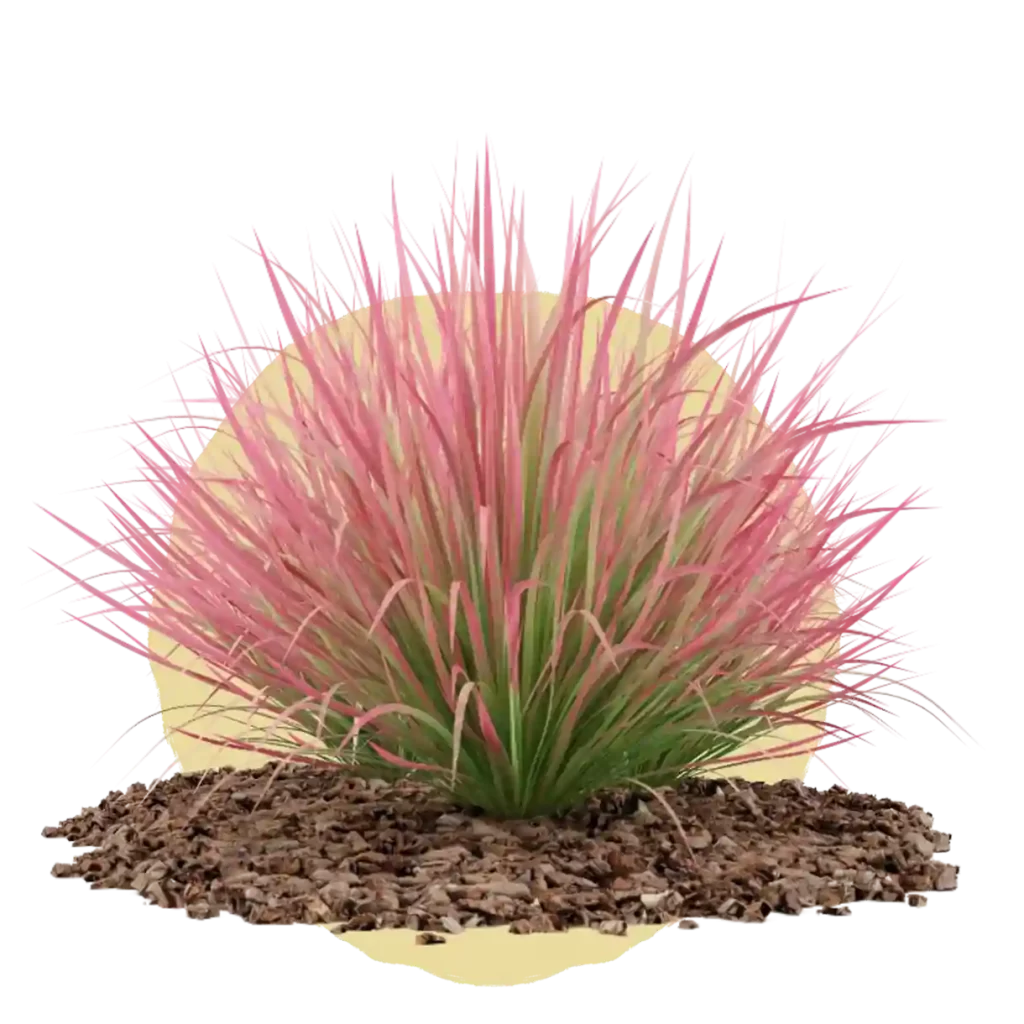
Ornamental grasses, such as Fountain Grass and Maiden Grass, are great choices for low-maintenance gardens. They add texture and movement to the landscape and require little to no care once established.
Care Tips
- Water: Minimal watering once established.
- Light: Most grasses prefer full sun and well-drained soil.
14. Yarrow (Achillea millefolium)

Yarrow is a hardy perennial that thrives in hot, dry conditions. With its fern-like foliage and clusters of flowers, Yarrow adds both beauty and resilience to any garden. It’s also beneficial for pollinators.
Care Tips
- Water: Water occasionally, especially during prolonged dry spells.
- Light: Prefers full sun and well-drained soil.
15. Russian Sage (Perovskia atriplicifolia)

Russian Sage is a show-stopper with its silvery foliage and lavender-blue flowers. It’s incredibly drought-resistant and thrives in hot, sunny areas, adding a beautiful, airy texture to the garden.
Care Tips
- Water: Water sparingly.
- Light: Needs full sun and well-drained soil.
16. Catmint (Nepeta)
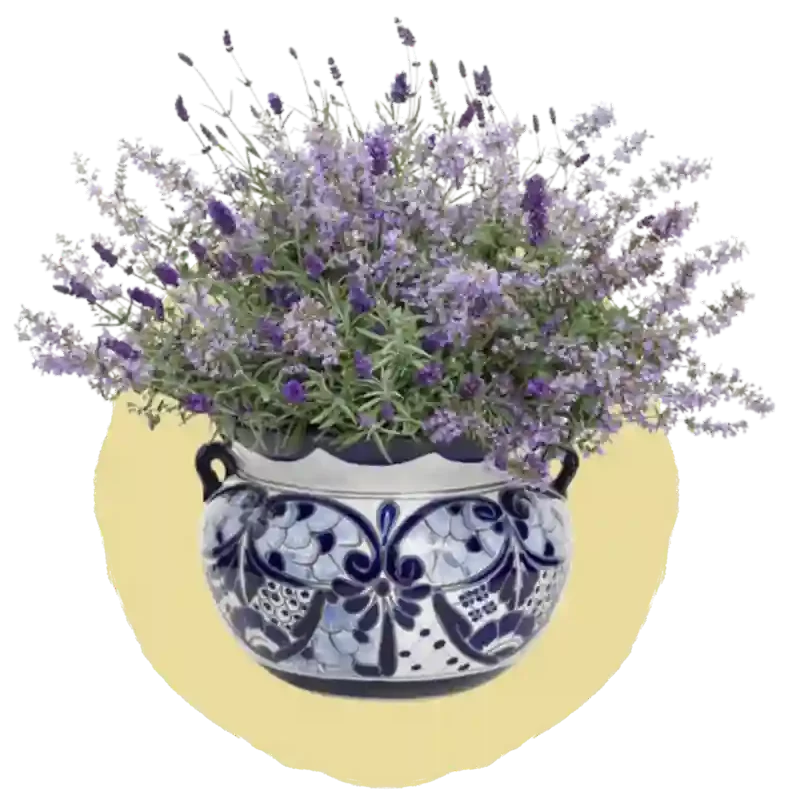
Catmint is a fragrant perennial that’s as attractive to humans as it is to pollinators. With its grey-green foliage and violet-blue flowers, it adds a soft, cottage-garden feel to any landscape. Catmint is resistant to pests and deer.
Care Tips
- Water: Water occasionally.
- Light: Prefers full sun and well-drained soil.
17. Boxwood (Buxus)
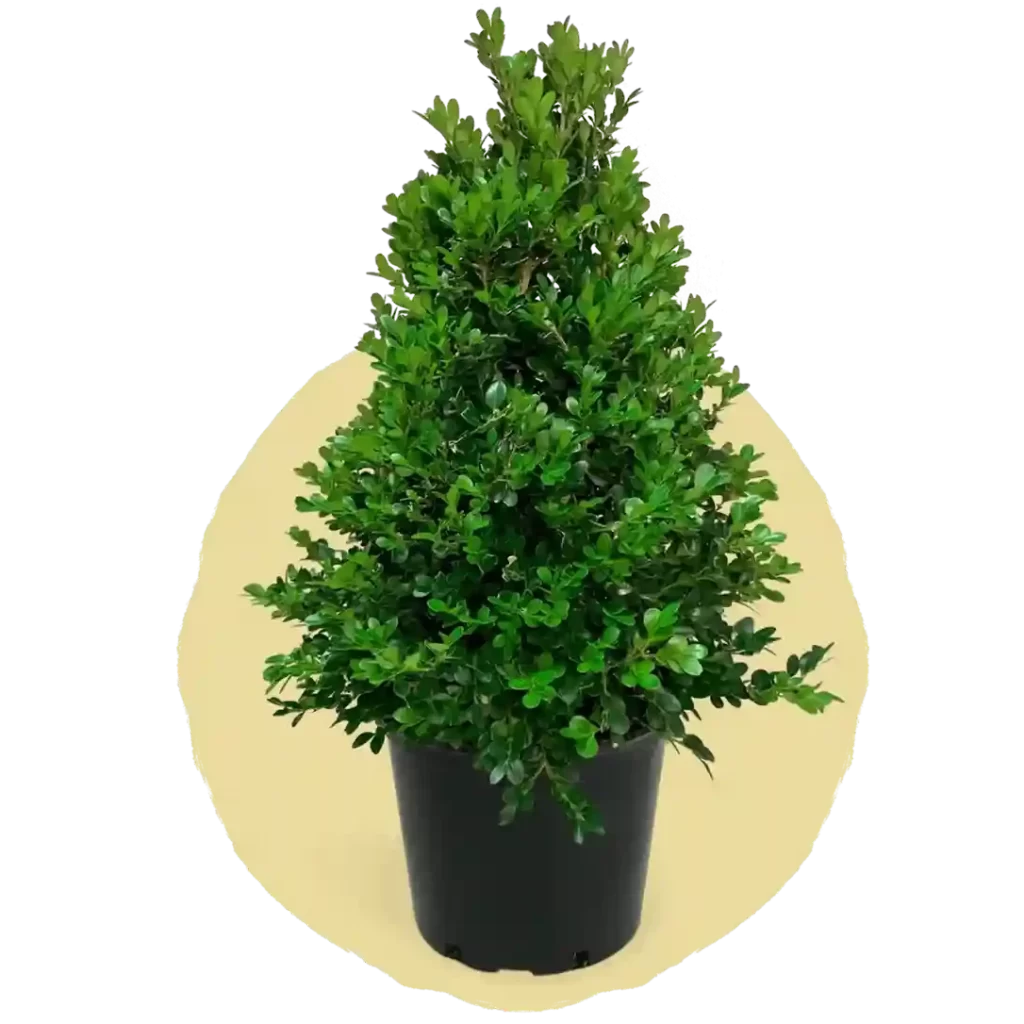
Boxwood shrubs are classic choices for low-maintenance landscapes. Their dense, evergreen foliage is perfect for hedging, topiary, or foundation planting. Once established, Boxwoods require minimal watering and pruning.
Care Tips
- Water: Requires well-drained soil and occasional watering.
- Light: Adaptable to full sun to partial shade.
18. Rosemary (Rosmarinus officinalis)
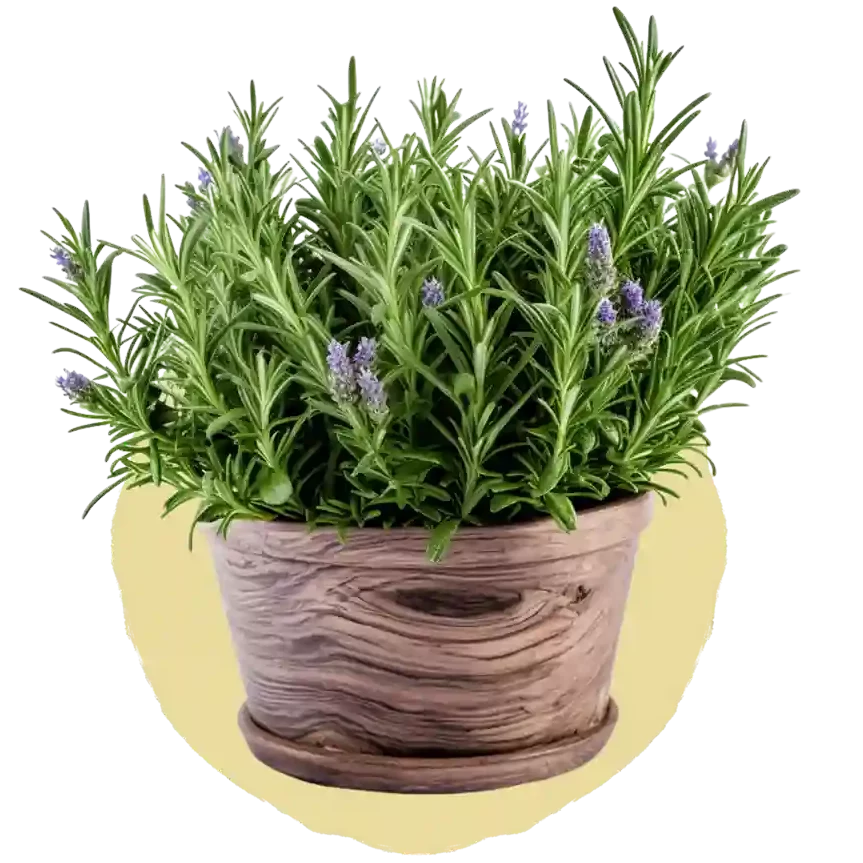
Rosemary is a culinary herb that doubles as a hardy, drought-tolerant plant. Its needle-like foliage and delightful fragrance make it a garden favourite. Rosemary can be used as a ground cover, in borders, or even in containers.
Care Tips
- Water: Water sparingly.
- Light: Needs full sun and well-drained soil.
19. Heuchera (Coral Bells)

Heuchera, or Coral Bells, are perennial plants prized for their colourful foliage, which ranges from deep purples to vibrant greens. They’re incredibly low maintenance, requiring minimal watering and no deadheading.
Care Tips
- Water: Water regularly in hotter climates.
- Light: Thrives in partial shade and moist, well-drained soil.
20. Butterfly Bush (Buddleja)

The Butterfly Bush is loved for its long, fragrant flower spikes that attract butterflies and hummingbirds. It’s a drought-tolerant shrub that requires minimal care once established.
Care Tips
- Water: Water occasionally, especially in hot, dry conditions.
- Light: Needs full sun and well-drained soil.
Factors to Consider When Choosing Low-Maintenance Plants
Choosing low-maintenance plants goes beyond picking the ones that require less watering. It’s essential to consider several factors that influence how well a plant will thrive in your home or garden:
- Climate Suitability: Understand the USDA hardiness zones. Selecting plants suitable for your zone ensures they can withstand the climate variations typical to your region.
- Water Requirements: Opt for drought-tolerant plants if you live in arid regions or have a busy schedule.
- Light Conditions: Some plants thrive in full sun, while others do better in partial shade or low-light environments.
- Soil Type and Drainage: The right soil and drainage are vital for healthy plant growth. Choose plants that match the natural soil conditions of your garden.
- Plant Type: Whether indoors or outdoors, consider the aesthetic and functional purpose—perennials, annuals, succulents, flowering plants, etc.
- Pet Safety: Some plants can be toxic to pets. Choose pet-friendly options if you have cats or dogs.
Armed with these factors, let’s dive into the best options for your space!
Tips for Maintaining Low-Maintenance Plants
To ensure your low-maintenance plants continue to thrive with minimal effort, keep these general tips in mind:
- Watering: Adopt a deep and infrequent watering schedule for outdoor plants to encourage deep root growth. Indoor plants should be watered according to their specific needs.
- Fertilization: Use slow-release fertilizers to reduce the need for frequent feeding. Organic compost can also boost plant health.
- Soil Care: Regularly check soil drainage and amend with compost or sand as needed to improve aeration.
- Pest Control: Utilize natural pest control methods, like introducing beneficial insects or using neem oil sprays.
- Seasonal Care: Mulch during winter for perennials and prune as needed to maintain plant shape and encourage new growth.
Conclusion
Creating a beautiful home or garden doesn’t have to be a high-maintenance affair. With the right selection of plants, you can enjoy lush, vibrant surroundings with minimal effort. From Snake Plants that thrive indoors with little light to drought-tolerant Lavender that perfumes the garden, these 20 low-maintenance plants are perfect for enhancing your living spaces. So, whether you’re a seasoned gardener or a newbie with a busy lifestyle, these plants are your perfect companions. Start planting today and enjoy the serenity and beauty of nature right at your doorstep!
Frequently Asked Questions (FAQ)
Are snake plants low-maintenance?
Yes, Snake Plants (Sansevieria trifasciata) are known for being one of the most low-maintenance indoor plants. They can tolerate low light, infrequent watering, and a wide range of temperatures, making them ideal for people with busy schedules or those new to plant care.
What is the easiest plant to take care of outdoors?
One of the easiest outdoor plants to care for is Lavender. It is drought-tolerant, thrives in full sun, and requires minimal watering once established. Lavender is also resistant to pests and provides a delightful fragrance to any garden.
What is the easiest plant to keep alive?
The ZZ Plant (Zamioculcas zamiifolia) is considered one of the easiest plants to keep alive. It thrives in low light, needs very little water, and is almost impossible to kill. Its robust structure and glossy green leaves make it an excellent choice for beginner gardeners or those looking for a low-maintenance option.
What is the easiest garden to maintain?
A succulent or rock garden is one of the easiest to maintain. Succulents require minimal water and thrive in sunny conditions, making them perfect for low-maintenance gardening. These gardens are also resistant to drought and require very little care once established.
What is the easiest shrub to maintain?
Boxwood (Buxus) is one of the easiest shrubs to maintain. It is evergreen, requires minimal pruning, and adapts well to different light conditions. Once established, Boxwood is drought-tolerant and can thrive for many years with little care.
What is the never-dying indoor plant?
The Pothos (Epipremnum aureum), often referred to as the “Devil’s Ivy,” is considered a nearly indestructible indoor plant. It can survive in low light, needs minimal watering, and can handle various levels of neglect. Its trailing vines make it a versatile addition to any indoor space.
What is the hardest houseplant to take care of?
The Fiddle Leaf Fig (Ficus lyrata) is notoriously difficult to care for. It requires precise light, humidity, and watering conditions to thrive. Even small changes in its environment can cause it to drop its leaves, making it challenging for beginners.
What is the fastest plant to grow indoors?
The Spider Plant (Chlorophytum comosum) is one of the fastest-growing indoor plants. Known for its adaptability, Spider Plants can quickly produce offshoots or “babies” that can be easily propagated, allowing them to fill out spaces in a short amount of time.
What plant can go the longest without water?
Cacti and Succulents, like Aloe Vera, are among the plants that can go the longest without water. Their thick, fleshy leaves store moisture, allowing them to survive in arid conditions for weeks or even months without additional watering.
What plant has the shortest lifespan?
Annual plants, such as Marigolds (Tagetes) or Zinnias, generally have the shortest lifespan. These plants complete their life cycle—from germination to the production of seeds—within one growing season, typically living for just a few months.
What are the best low-maintenance plants for beginners?
Snake Plant, ZZ Plant, Pothos, and Daylilies are great options for beginners.
How often should I water my low-maintenance plants?
Most low-maintenance plants thrive on a watering schedule of every 1-4 weeks, depending on the plant type and environmental conditions.
Can low-maintenance plants survive indoors without sunlight?
Some plants like the Snake Plant and ZZ Plant can thrive in low-light conditions, but all plants benefit from at least some indirect light.
Are all low-maintenance plants pet-friendly?
Not all low-maintenance plants are safe for pets. For pet-friendly options, consider Spider Plants, Boston Ferns, or Areca Palms.
